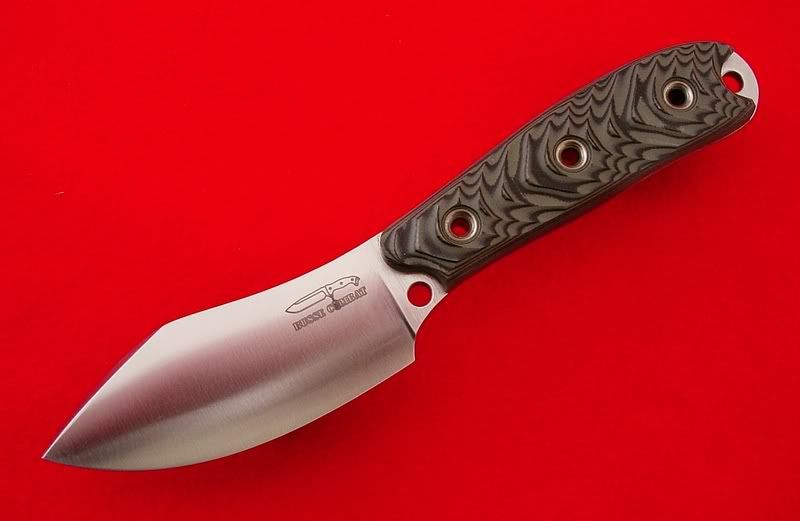my experience using one to skin (even a thin, pointy one) is that this is not an ideal knife for the task....except on maybe the largest game (elk, etc).
In general, skinning knives with an upswept edge (of whatever general blade style) are indeed favored for skinning game in the medium to large categories (I say that because I can't classify FL deer as "big game"). Reason being, you start your cut at the base of the blade near the handle, and due to the upswept tip, the curve of the blade allows you to use one long stroke to completely or nearly completely slice the belly of the skin in one smooth motion, rather than have to sut, shift over, cut, shift over. . .for someone who wants nice pelts, they work well. IMO that kind of knife, unless unusually small, sucks at small game.
I think in general we glamorize the "old-timey" types because we'd like to be able to roam about as they did, and have some unexplored wilderness to, well, explore. What I've read of the old-timey types, they didn't put a lot of effort into choosing some things that we agonize over. They usually had general specifications for some things and go into great detail on others.
For instance, most didn't agonize over knives. But, like Nessmuk, they did agonize over their hatchet/axe and the bag they used to carry things. IMO that's because they considered the axe/hatchet the survival tool, knives as more of a convienence tool. You can skin and butcher (messily) game and such with an axe or hatchet. Chopping down trees (or chopping up deadfall) for wood when your coat and your fire were the things keeping you alive on an unexpected overnighter, is not something you wanted to do with your skinner.
Keep in mind that if you went into Wal*Mart and picked up the SAK (or Buck 109/110), a Buck Vanguard and an Estwing hatchet, you'd be "better knifed" than a lot of the old-timey guys.
We have the advantage of being able to surf the 'net and have what we want delivered to our doorstep in a few days. Buy what you like.







